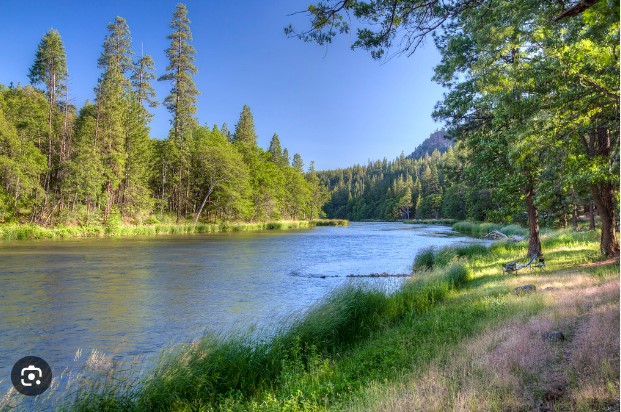The Klamath River is a major waterway that flows through the states of Oregon and California. It originates from the Upper Klamath Lake, east of the Cascade Range, and travels for about 257 miles before emptying into the Pacific Ocean. It is the site of the largest dam removal project in US history, which aims to restore the natural flow of the river and the habitat for fish and other wildlife.
The Yurok and Karuk tribes have been connected to the Klamath River for thousands of years, but that relationship was disrupted by the construction of dams more than 100 years ago. Following the largest fish die-off in US history, the tribes launched a decades-long fight to remove the dams, a nearly complete effort whose aim is to restore the lower Klamath River back to “the creator’s country.”
Built between 1903 and 1967, the project involves removing four hydroelectric dams that have been operating for more than a century and have blocked the migration of salmon and degraded the water quality. The dams are owned by PacifiCorp, a power company that agreed to transfer them to a nonprofit entity that will oversee the demolition. It received the final approval from the Federal Energy Regulatory Commission in November 2022 and the construction to start the removal process began in March 2023. At present, one dam has already been removed. The remaining three are expected to be gone by the end of 2024.

Eliminating the dams will have significant benefits for the environment and the Native American tribes that depend on the river for their culture and livelihood. The project will reconnect more than 400 miles of habitat for threatened fish species, such as Chinook salmon, coho salmon, steelhead, and Pacific lamprey. It will also improve the water quality and temperature, reduce the risk of toxic algae blooms, and enhance the biodiversity and resilience of the river ecosystem.
With all these benefits come some serious challenges and doubts. Not everyone is happy about the removal of the dams and the restoration of the area that will be exposed once they are drained.
The dams produce about 70,000 megawatt-hours of clean, renewable energy per year, which is enough to power about 70,000 homes. PacifiCorp has agreed to replace this energy with other sources of renewable energy, such as wind and solar, to meet its customers’ needs, but that infrastructure has still to be built. What will happen in the meantime?
The dams also create reservoirs that are used for recreation and enhance property values for some homeowners along the river. These homeowners will lose their access to the water and may face erosion and flooding issues after the dams are gone. Some of them have opposed the project and filed lawsuits to stop it, but they have not succeeded so far.
The project is an unprecedented and ambitious effort to restore one of the most important rivers on the West Coast at a time when some of the most powerful rivers and bodies of water have been sadly diminished, initially as a consequence of building the dams, and subsequently as the result of prolonged droughts and other consequences of climate change. A prime example being what was once called “the mighty Colorado” and which has now been reduced to merely a stream in some places. The hope is that the Klamath river will once again regain its flow and vigor, but will this bring any relief amid the water shortage problems that the area is undergoing?

The removal project is a result of decades of collaboration and compromise among various stakeholders, including federal, state, and local governments, tribes, environmental groups, farmers, fishermen, and power companies. It is a model for other dam removal projects across the country that seek to balance the needs of people and nature.
In preparation for the removal of the dams, the tribes have been collecting and planting seeds along the river banks to restore the vegetation and wildlife habitat that will be exposed after the reservoirs are drained. A total of 17 billion seeds of native vegetation will be planted along the river banks, to prevent the invasion of non-native species and to enhance the ecosystem.
However, some tribes are against the project, because they fear that it will harm their cultural and spiritual connection to the river, disrupt their fishing rights, and expose them to environmental risks, such as sedimentation, erosion, and toxic algae blooms. Others oppose the project because they believe that the dams presently provide a reliable source of water and power for their communities, while the future holds only uncertainty.
One thing is undeniable: it’s now too late to go back. One dam down and three to go.












